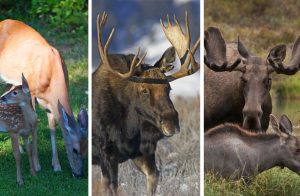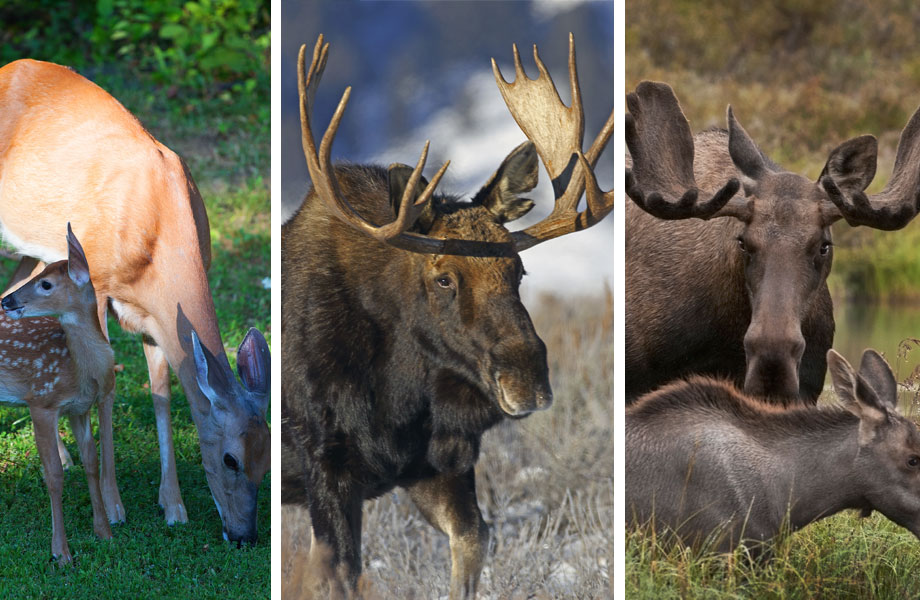A mule deer buck died in October in the backcountry of Yellowstone national park, north-west Wyoming and shocked authorities. It was the first confirmed case of chronic wasting disease (CWD) in the country’s most famous nature reserve.
For years, chronic wasting disease, caused by prions – abnormal, transmissible pathogenic agents – has been spreading stealthily across North America, with concerns voiced primarily by hunters after spotting deer behaving strangely.
The prions cause changes in the hosts’ brains and nervous systems, leaving animals drooling, lethargic, emaciated, stumbling and with a telltale “blank stare” that led some to call it “zombie deer disease”. It spreads through the cervid family: deer, elk, moose, caribou and reindeer. It is fatal, with no known treatments or vaccines.

Chronic wasting disease (CWD) is a prion disease that affects deer, elk, reindeer, sika deer and moose. It has been found in some areas of North America, including Canada and the United States, Norway and South Korea. It may take over a year before an infected animal develops symptoms, which can include drastic weight loss (wasting), stumbling, listlessness and other neurologic symptoms. CWD can affect animals of all ages and some infected animals may die without ever developing the disease. CWD is fatal to animals and there are no treatments or vaccines.
It is not possible to kill CWD because prions aren’t alive, but bleach does inactivate them in certain situations. We’ve known for decades that bleach is effective on other prions, like the type that causes mad cow disease.
“Its discovery in Yellowstone, whose ecosystem supports the greatest and most diverse array of large wild mammals in the continental US, represents an important public wake-up call“, says Dr Thomas Roffe, a vet and former chief of animal health for the Fish & Wildlife Service, a US federal agency.
To date, there have been no reported cases of CWD infection in people. However, some animal studies suggest CWD poses a risk to certain types of non-human primates, like monkeys, that eat meat from CWD-infected animals or come in contact with brain or body fluids from infected deer or elk. These studies raise concerns that there may also be a risk to people. Since 1997, the World Health Organization has recommended that it is important to keep the agents of all known prion diseases from entering the human food chain. CDC
Dr Cory Anderson recently earned his doctorate studying with Osterholm, focusing on pathways of CWD transmission. “We’re dealing with a disease that is invariably fatal, incurable and highly contagious. Baked into the worry is that we don’t have an effective easy way to eradicate it, neither from the animals it infects nor the environment it contaminates.”
“The BSE [mad cow] outbreak in Britain provided an example of how, overnight, things can get crazy when a spillover event happens from, say, livestock to people,” Anderson says. Guardian
